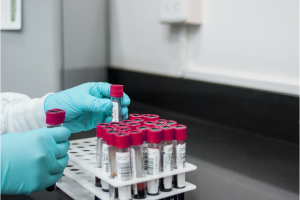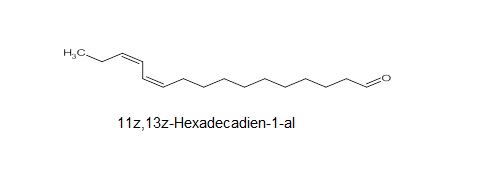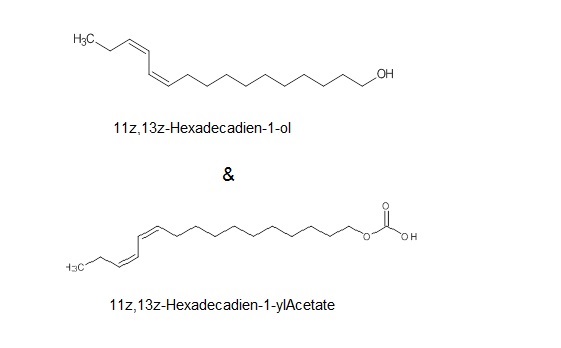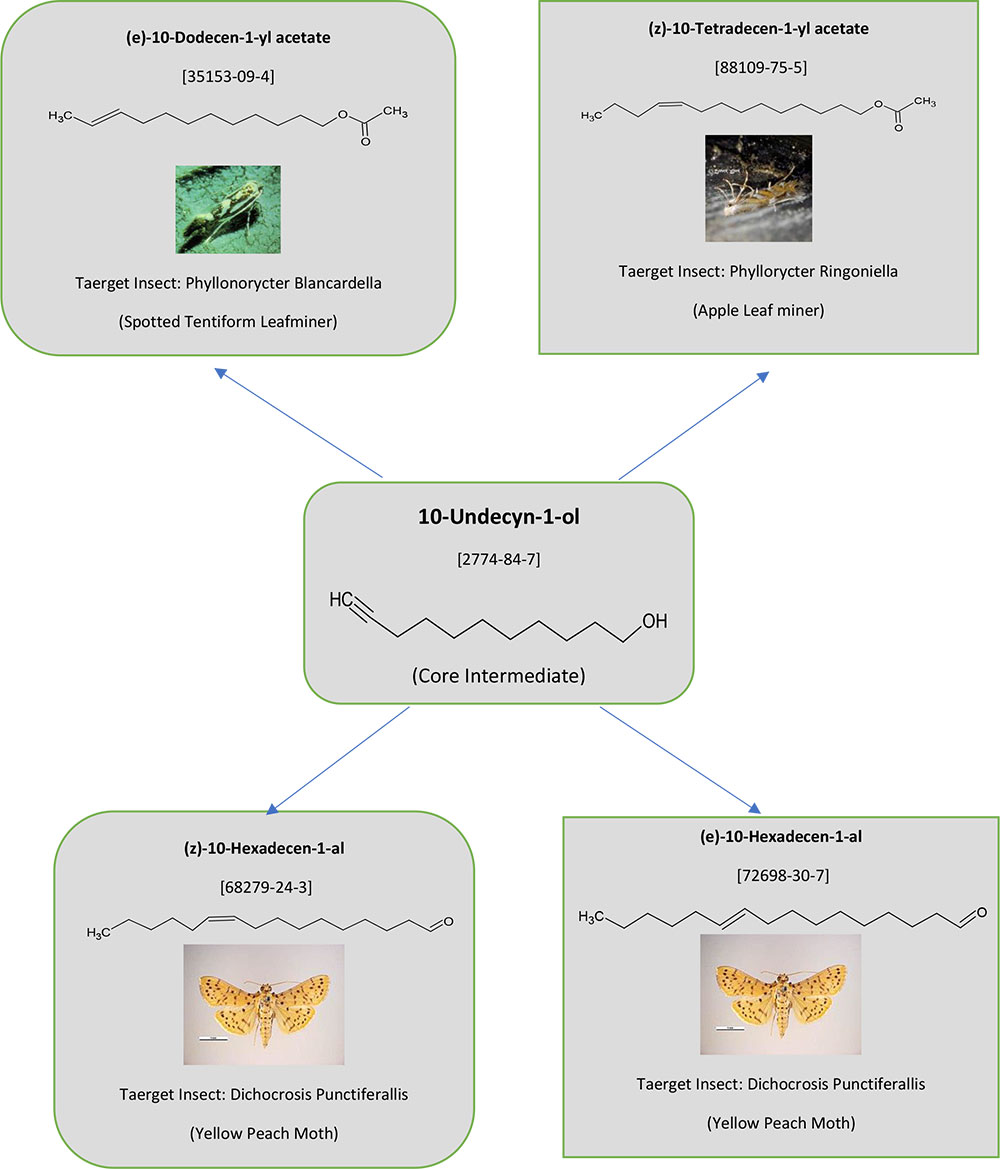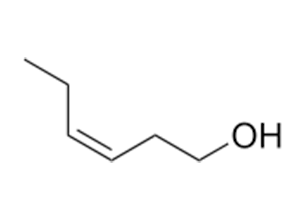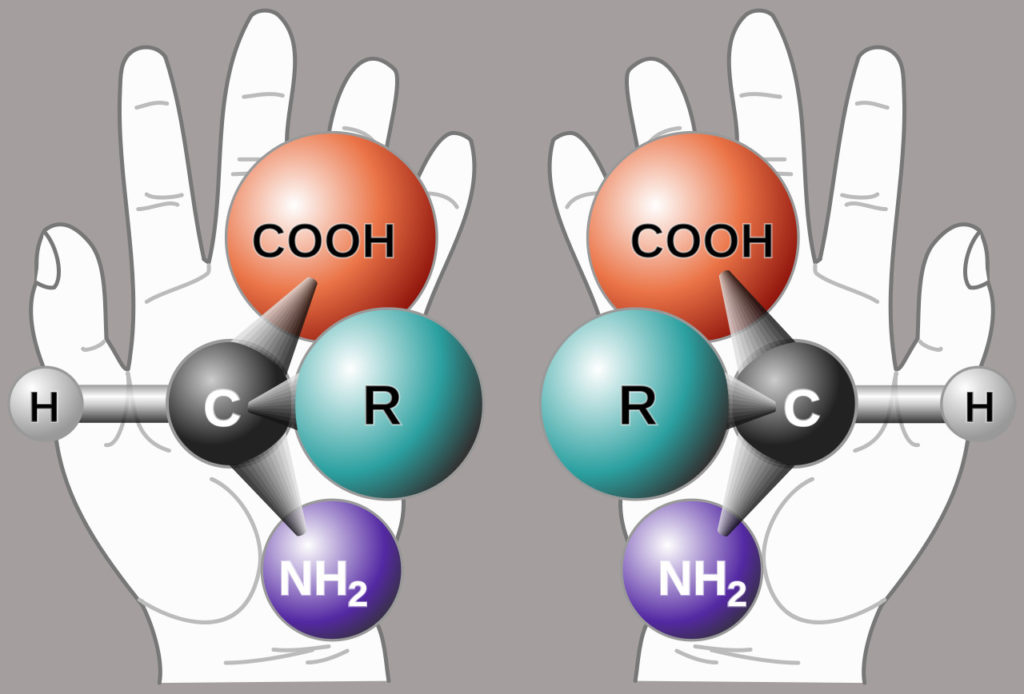Chemical testing facilities are pillars of scientific integrity and dependability in the fast-paced world of industry and innovation. These facilities are essential to maintaining the quality, safety, and compliance of a wide range of items, including consumer goods, industrial chemicals, pharmaceuticals, and food additives. Chemical testing facilities are at the vanguard of scientific research and technological innovation thanks to their state-of-the-art instrumentation, highly trained workers, and strict quality control methods.
Chemical testing laboratory is known for their dedication to precision and accuracy. These labs are outfitted with cutting-edge analytical tools including mass spectrometers, gas chromatographs, and atomic absorption spectrophotometers, which enable them to identify and measure even minute quantities of chemical constituents with unmatched precision and sensitivity.
Environmental Surveillance and Observation:
In New Jersey, chemical analysis testing laboratory is essential to environmental compliance and monitoring. To detect pollutants, gauge pollution levels, and make sure environmental laws are followed, these institutions examine samples of soil, water, and air.
These labs promote sustainable practices, environmental conservation efforts, and regulatory compliance by offering precise data on the chemical composition of the environment. This helps preserve ecosystems and public health.Safety is given first priority in chemical testing laboratories throughout the whole testing procedure. Strict standards and procedures are in place for everything from the handling and storage of hazardous substances to the disposal of waste materials in order to reduce dangers to people and the environment.
Food Safety and Quality Assurance:
Ensuring the safety and quality of food products is a crucial area in which chemical testing laboratories excel. These labs thoroughly inspect food samples to look for contaminants, validate nutritional data, and make sure food safety laws are being followed.
Chemical testing laboratories contribute to customer confidence, public health, and the preservation of high standards in the food sector by maintaining the integrity of the food supply chain.
The laboratory chemical testing located in New Jersey are renowned for their culture of perpetual innovation and flexibility. Apart from employing state-of-the-art technology, these laboratories are leading the way in creating innovative methods and plans to tackle new problems and satisfy changing needs across different sectors.
Numerous chemical laboratory testing facilities provide a broad range of services that are customised to meet the unique requirements of their customers. In order to meet particular goals or challenges, this may involve developing and validating methods, providing consultancy and advisory services, or even creating custom testing programmes. Chemical testing laboratories can provide customised solutions that meet and beyond clients’ expectations by collaborating with them to understand their aims and objectives.

A Modern Chemical Testing Laboratory’s Features
To guarantee the best quality findings, modern chemical testing facilities are staffed by committed professionals and furnished with state-of-the-art equipment. Among the essential elements are:
Advanced Instrumentation: High-performance liquid chromatography (HPLC), gas chromatography-mass spectrometry (GC-MS), and inductively coupled plasma optical emission spectrometry (ICP-OES) are just a few of the complex devices used in labs. These tools make it possible to analyse complicated materials in a highly particular and sensitive way.
Highly Trained Staff: The effectiveness of operations depends on having a competent group of technicians, chemists, and laboratory assistants. These experts are skilled in particular analytical methods, data interpretation, and quality control protocols.
Strict Quality Management Systems: Upholding the greatest possible standards of quality is crucial. Comprehensive quality management systems, according with international standards like ISO 17025, are implemented in laboratories.
Security and Confidentiality of Data: Labs that test chemicals deal with sensitive data. Client information is protected by stringent confidentiality measures and secure data management systems.
The cornerstones of analytical quality, scientific rigour, and technological innovation in New Jersey is chemical laboratory. Their cutting-edge features, innovative capabilities, and dedication to quality and safety highlight how important they are to maintaining standards, advancing science, and guaranteeing compliance in a variety of industries. These laboratories continue to set the standard for analytical excellence and scientific integrity by embracing innovation, precision, and continual development. As a result, they help to advance industry standards and promote public health and safety.
For More Info : https://chemhub.com/



